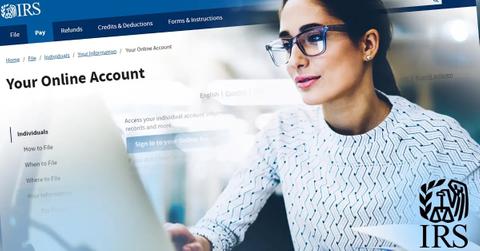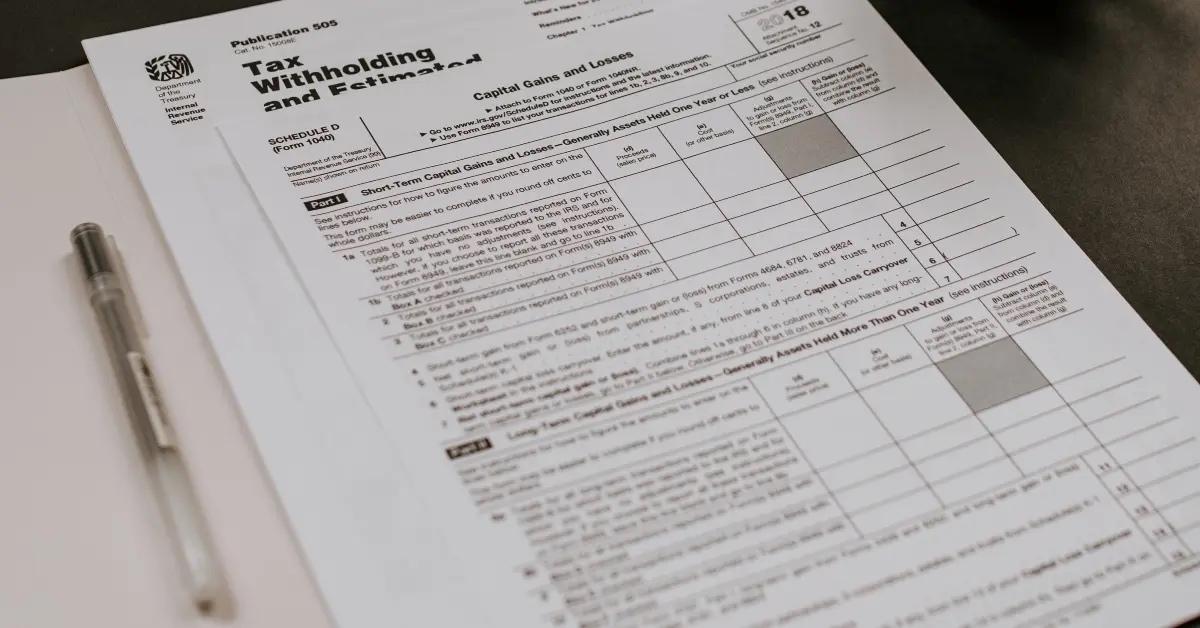The IRS Accepted Your Tax Return — When Will You Get Your Refund?
If your tax return is accepted by the IRS, it means your return has passed initial inspection. But that doesn't mean your refund was approved yet.
April 19 2023, Updated 11:14 a.m. ET

While some dread tax filing season, others look forward to it, particularly if they expect to receive a tax refund. In fiscal 2022, the IRS issued nearly 237.8 million refunds to taxpayers, amounting to almost $512 billion. While that might sound like a lot, the IRS did collect roughly $2.8 trillion from hard-working taxpayers that year.
If you’re expecting a tax refund this year, you’re probably wondering how quickly you’ll receive it once the IRS accepts your return.
The IRS follows a specific process when it receives tax returns from individuals and businesses, and it starts by either accepting or rejecting a return. If the IRS accepts your tax return, the goods news is that it passed the initial inspection. So, what happens next? Read on to find out what happens to your return once the IRS marks it as "accepted."
Does "accepted" mean my tax refund is approved?

Once you submit your tax return to the IRS, the agency will either accept or reject it. If the IRS accepts your tax return, it means the information you included has been reviewed and appears to be accurate — specifically, the Social Security number you provided matches the IRS’s database and the dependents you claimed haven’t been claimed elsewhere, according to TurboTax.
An accepted tax return isn't an approved one. It also doesn't mean your refund is on the way.
What happens after the IRS accepts your tax return?
After the IRS accepts your tax return, the next step is for the agency to approve it. To do this, the IRS will look at whether you have any unpaid taxes and compare the figures you provided to determine if an error was made or your refund needs to be adjusted.
For example, if you owe taxes from the prior year or don’t qualify for a credit you thought you could claim, the IRS will reduce your refund accordingly. For each tax filing season, the IRS urges taxpayers to wait for all their tax forms to arrive before submitting their return.
If you fail to record an item accurately, the IRS will likely reject your return and request the necessary corrections. This could result in your refund being delayed by weeks or even months, depending on how far behind the IRS gets during the tax filing season.
If all the information you provided was accurate and matched the IRS’s records, your return could take anywhere from a few days to a few weeks (usually under 21 days) to go from accepted to approved. The best way to determine the status of your return is using the IRS Where’s My Refund tool.
How long does it take the IRS to issue a refund once your return is approved?
If the IRS accepts and approves your tax return, the agency says it typically issues refunds within 21 days. If your refund includes the CTC or EITC (earned income tax credit), the IRS says it won’t begin issuing refunds for these types of tax returns until mid-February. This means even if you file when the IRS begins accepting returns (usually at the end of January), you may have to wait more than 21 days before receiving your refund.
How can I get my refund to process faster?
If you want your refund to process faster, there are a few things you can do to potentially make it happen.
- E-file. If you haven’t transitioned to e-filing your tax return, you might find yourself having to wait longer for the IRS to process it.
- Check that all the information you recorded on your tax return is accurate and matches the IRS database. This includes amounts you received in stimulus or inflation relief payments and the figures listed on your W-2s or 1099s. If your numbers don’t match the documents the IRS has on file, your return could be flagged, which could delay your return.
- Choose direct deposit as your method of payment. The quickest way to receive your refund from the IRS is by having it directly deposited into your bank account.
By following these steps, you could reduce the time it takes the IRS to process and issue you a refund.
